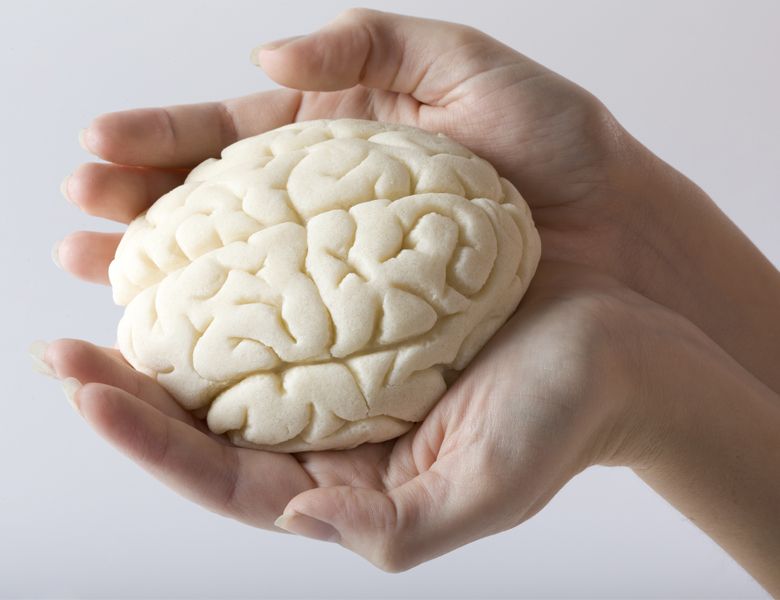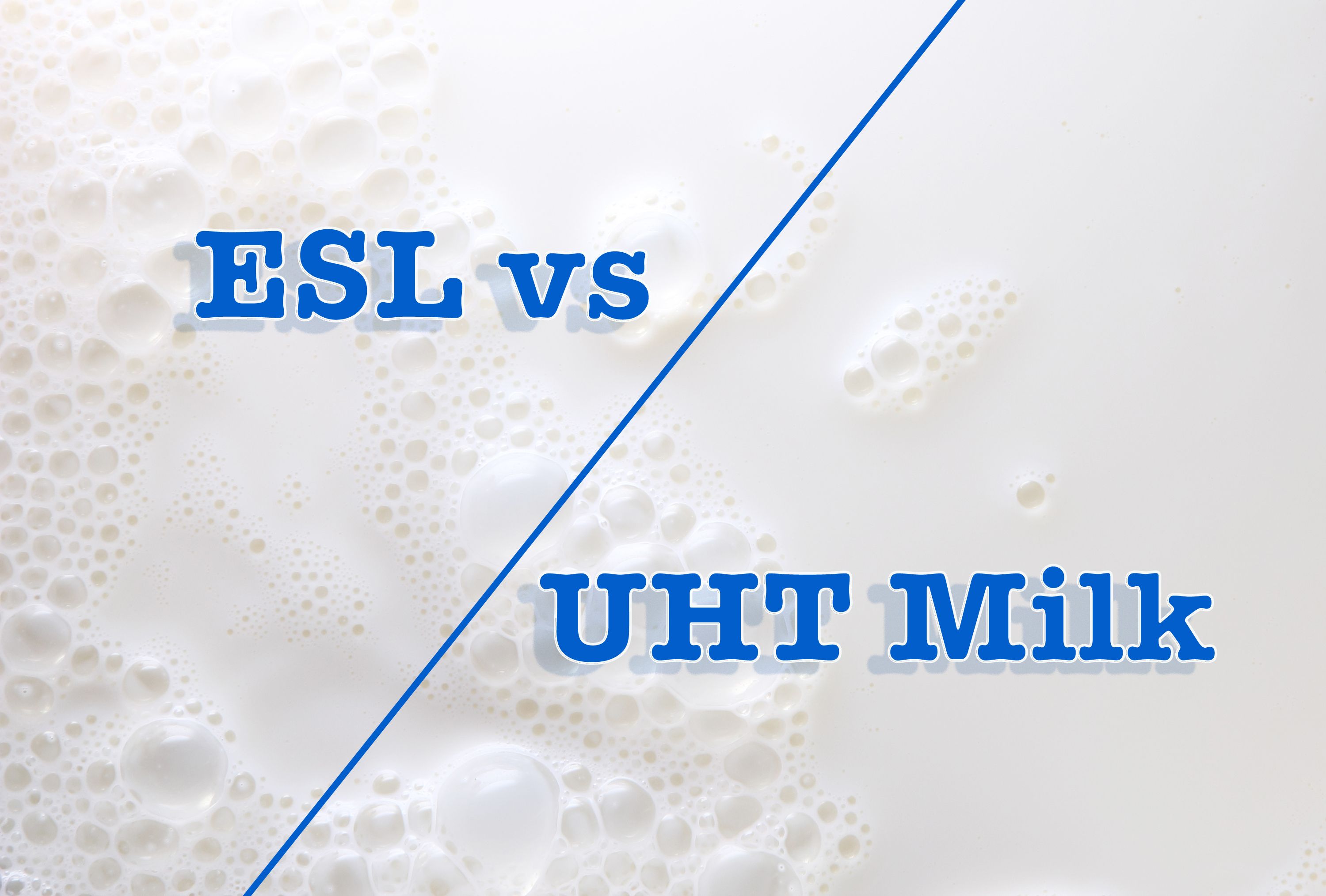Supermarket lighting may negatively affect milk nutrient content

- | user2 | News |
- 656
Supermarket lighting may negatively affect milk nutrient content , Lighting found in supermarket dairy cabinets reduce essential nutrients found in milk,
such as vitamins A, B2 (riboflavin) and D, according to research from the UK.
Milk Light exposure and depletion of key nutrients, found that just two hours of exposure to light emitting diodes (LED) lighting was enough to reduce the vitamin A content in milk. After 16 hours, vitamin A content was half the amount expected. While milk is just one component of a healthy diet, it is an important one, providing people with many essential nutrients including vitamins, protein and minerals. Many people do not realise that exposure of milk to indoor light can have a detrimental effect.
The damaging effects of light can be influenced by the light intensity and time of exposure, so longer exposure to light causes milk to deteriorate faster. Studies showed 20 minutes of indoor light exposure reduced riboflavin levels decrease by 28%. Exposure to LED lighting systems with a low intensity of 1068 lux (lx) caused degradation of a range of essential nutrients in milk within four hours. A higher intensity light (greater than 4094 lx) combined with longer exposure time rapidly increased the oxidation processes, the paper’s research team found. This light degradation of essential nutrients was not only a function of light wavelength but also included exposure time and light intensity.
Sunlight and artificial
Light from all sources, including natural sunlight and artificial sources, such as fluorescence or light emitting diodes (LEDs), increases the nutrient loss in milk over a relatively short time scale of 25 minutes.
These bright lights are typically chosen to best exhibit milk products. However, high intensity LED lighting can drive detrimental oxidation processes, which can accelerate loss of freshness of milk. This process includes vitamin and protein degradation, which can alter the organoleptic properties and shorten the shelf-life of the product.
To meet the challenge of stemming the decline in consumption of fluid milk, the report called on the dairy industry to take a systematic approach to correct factors that affect light degradation of essential nutrients.
Packaging rethink?
The report, commissioned by lighting specialists Noluma, added that in order to avoid excessive wastage, retailers should strive to find solutions to protect milk products and preserve the nutrient content for the benefit of consumers.
One recommendation would be to utilise packaging design that has demonstrated and been certified for light protection performance.
https://www.nutraingredients.com/
GET IN TOUCH
Copyright © 2023 Atamad.com All right reserved
Website design and SEO services by Seohama team – Web hosting by Sarverhama
Copyright © 2023 Atamad.com All right reserved
Website design and SEO services by Seohama team – Web hosting by Sarverhama








